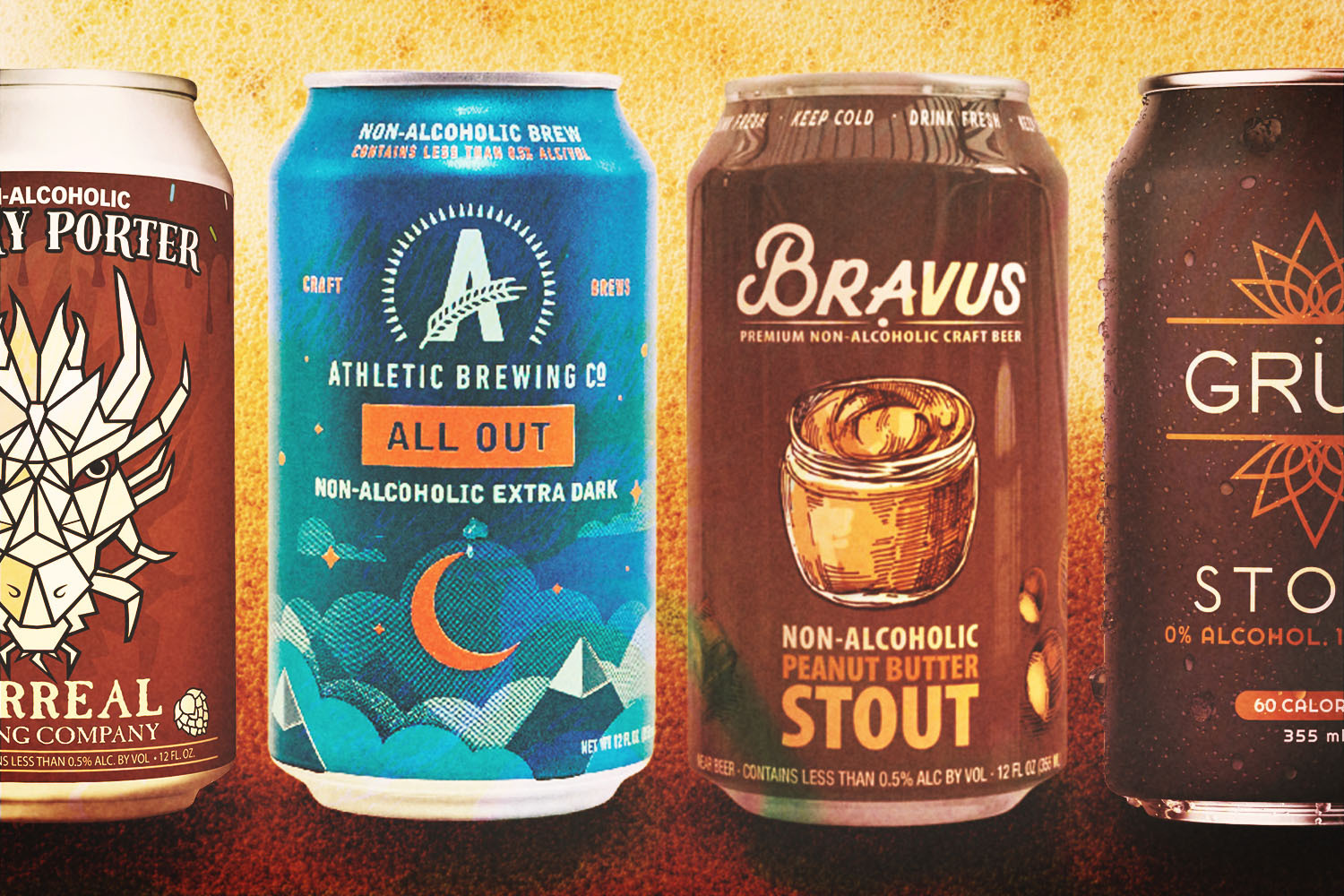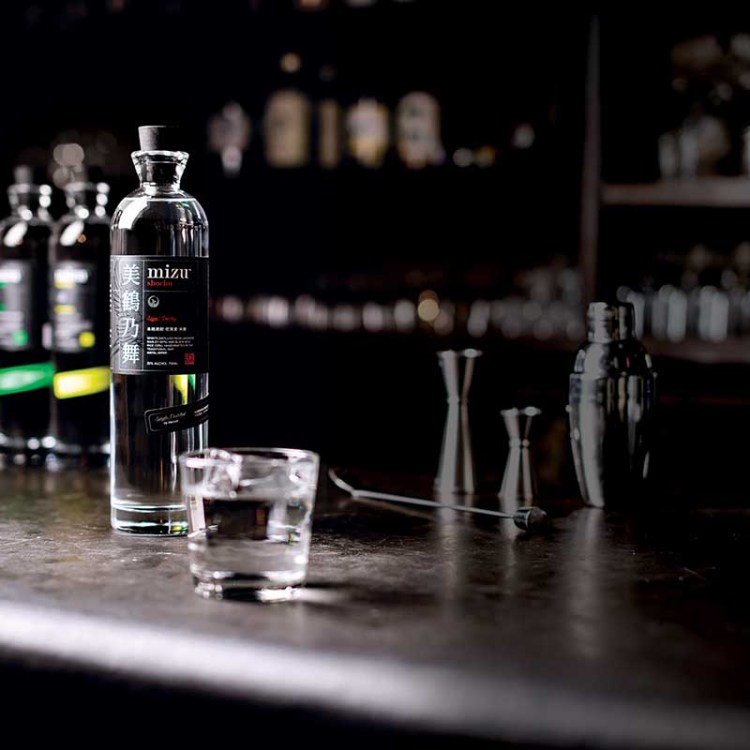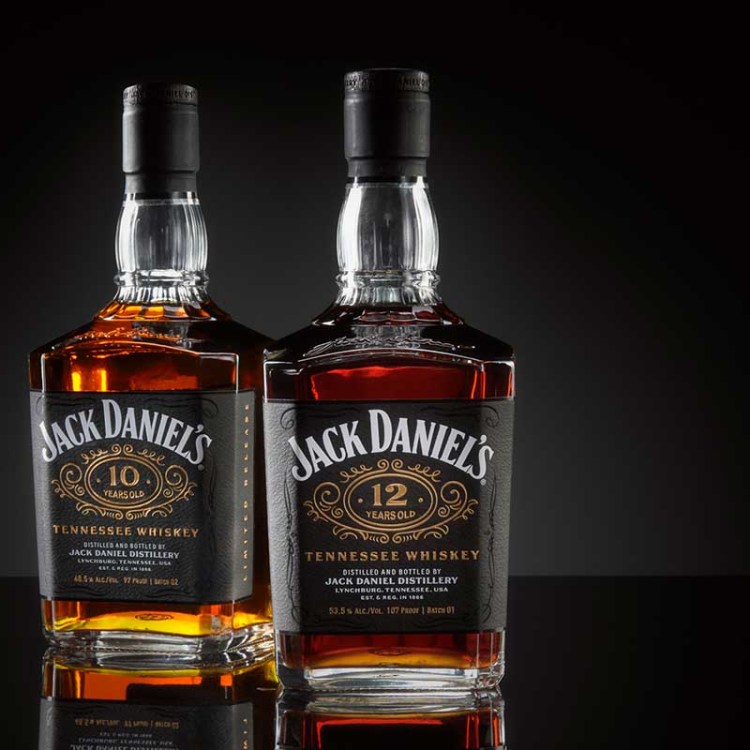“A grain that makes a great beer and gives back to Mother Nature. What’s not to love?”
That’s how Sam Calagione, the founder of Dogfish Head Craft Brewery, describes Kernza, which is essentially a new grain being used in a variety of food and beverage items — including beer.
Earlier this spring Patagonia Provisions partnered with Dogfish Head to launch Kernza Pils, a German-style pilsner beer made with this new perennial grain (more on that shortly). From an ecological perspective, it’s a marvel: The grain prevents soil erosion and helps sequester carbon from the atmosphere.
Now, there have been Kernza-based beers before, but nothing as widely distributed as this new collaboration. And it’s going to take a while for it to catch on: Kernza is still a small-scale niche grain crop that’s only been a part of the commercial supply chain, in small markets, since 2015. There are currently only about 4,000 acres of Kernza across 15 U.S. states and 10 countries.
Still, creating a new grain — which we didn’t know was a thing — and then creating a superbly sessionable beer out of it is a rather noble endeavor. To learn more, we asked Calagione and representatives from Patagonia Provisions and The Land Institute (TLI), which developed the grain, to help us understand this new, eco-friendly marvel.
First, what is Kernza?
Kernza is a perennial grain developed in 2008 by The Land Institute in Salina, Kansas. As TLI tells us, grains are usually planted and harvested annually, but Kernza stays in the ground “year after year,” developing roots up to 12 feet long.
The use cases are pretty wide. It can be used as a substitute for annual wheat in foods like baked goods and beer or utilized as a whole grain like barley or rice.
How does one even “create” a new grain?
Kernza grain is harvested from intermediate wheatgrass (Thinopyrum intermedium), a cousin of annual wheat that has been grown throughout the U.S. as fodder for livestock but originates from an area of Eurasia between the Black and Caspian Seas. It was brought to our shores in the 1930s by USDA researchers.
Some of this research into Kernza dates back to 1983; the process took years of “selecting and inter-mating the best plants based on their yield, seed size, disease resistance and other traits,” as TLI tells us. The Institute wanted to combine the ecological benefits of wild plants with the high yields of cultivated crops.
The Land Institute and its research partners used a process called “wild crop domestication” (or “classical seed breeding”) to develop intermediate wheatgrass for Kernza production. Overall, this domestication process took nearly four decades.
What are Kernza’s advantages?
Health-wise, Kernza contains more protein, dietary fiber and certain nutrients than common wheat varieties.
As well, perennial crops like Kernza are beneficial to the environment; they protect soil from erosion and improve soil structure, and increase ecosystem nutrient retention and carbon sequestration.
As TLI tells us: “Many fruits, forage and some vegetable crops, including alfalfa, grapes, asparagus, and fruit and nut trees, are perennials that have been cultivated for thousands of years. Adding perennial grains, legumes and oilseeds represents a paradigm shift in modern agriculture.” Given that grains make up over 70% of our global caloric consumption and over 70% of global croplands, the transition from an annual model to a perennial model is, as the Institute notes, “the best chance we have to create a truly regenerative food future.”
As for beer specifically, unlike wheat and brewers’ barley, which has to be planted and harvested annually, Kernza stays in the ground year after year. “It thrives without pesticides, uses water and nutrients more efficiently than conventional wheat, helps to reduce erosion and it removes more carbon from the atmosphere than annual grains,” Calagione says.

What are the challenges of making Kernza into a tasty beer?
Brewers primarily use unmalted Kernza as an adjunct since techniques for malting Kernza are still in development. In addition, Kernza’s relatively small size means it must be cracked or ground first to make the flavors, starches and proteins more accessible in the brewing process.
“It was all about finding the hop varieties that best complimented the grain’s unique flavor characteristics,” says Calagione, who notes the brewery is well versed in working with rare or unusual grains, including heirloom Italian wheat and Asian sake rice. “All that said, the biggest challenge of working with Kernza is its availability. It’s a finite crop with limited acreage.”
How did Dogfish Head get into Kernza?
“We’ve been brewing beers with organic and regenerative ingredients since the year we opened,” says Calagione. “In our research, we came across Kernza and learned of its carbon-sequestering powers and its unique earthy, peppery sensory characteristics.”
So how’s it taste?
Well, earthy and peppery are good places to start.
Kernza in general has a fresh, sweet, nutty flavor. Kernza Pils (5.0% ABV) is crisp and grain-forward, with a subtle spiciness and a floral character, plus a hint of green tea. It’s brewed with organic malted barley, organic Contessa hops (a newly organic certified hop variety) and, obviously, Kernza perennial grain. Yours truly drank two in just minutes — it’s definitely easy to quaff and pretty great for this warmer time of year.
As TLI notes, other brewers have compared Kernza to working with rye, and it definitely shares some of that grain’s flavor profile.
How long until Kernza becomes more readily available?
“We anticipate that the acreage of Kernza perennial grain will nearly double this year and continue to do so for the foreseeable future,” TLI tells us. “If the grain breeding and agronomic progress continue at the current pace, we expect Kernza yields to be similar to annual wheat in 17 years.”
Until then, the best way you can help is to drive up demand — so drink up.
Patagonia Provisions x Dogfish Head Kernza Pils is available in 15 states and Washington, D.C. You can find where they’re selling it here.
The Future of Craft Beer, According to Dogfish Head’s Sam Calagione
The Delaware brewery remains a pioneer in a movement that’s due for a big shakeupCan a Beer That Has No Alcohol, Calories, Sugar, Malt or Gluten Actually Taste Good?
Hoplark 0.0 puts the hops front and center in their new vice-free brewWe Tested 12 Non-Alcoholic Stouts, Porters and Other Dark Beers
We’ve all tried NA lagers and IPAs by now, but how do the dark ones stack up?This article was featured in the InsideHook newsletter. Sign up now.

























